- Home
- TV History
- Network Studios History
- Cameras
- Archives
- Viewseum
- About / Comments
Skip to content
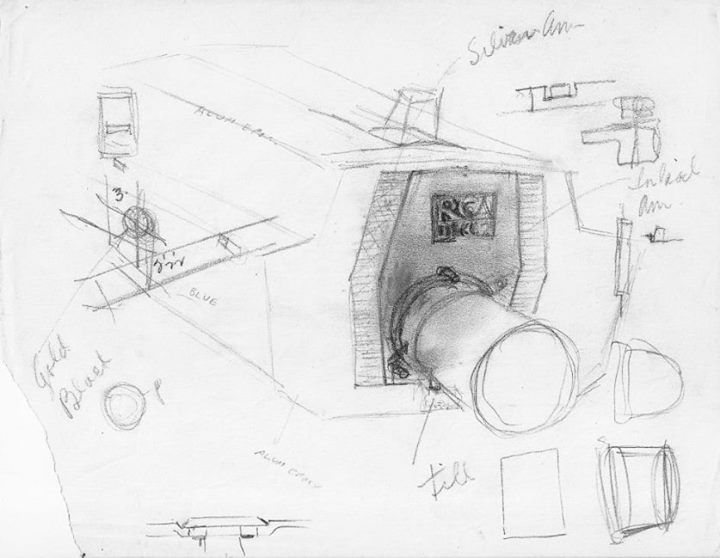

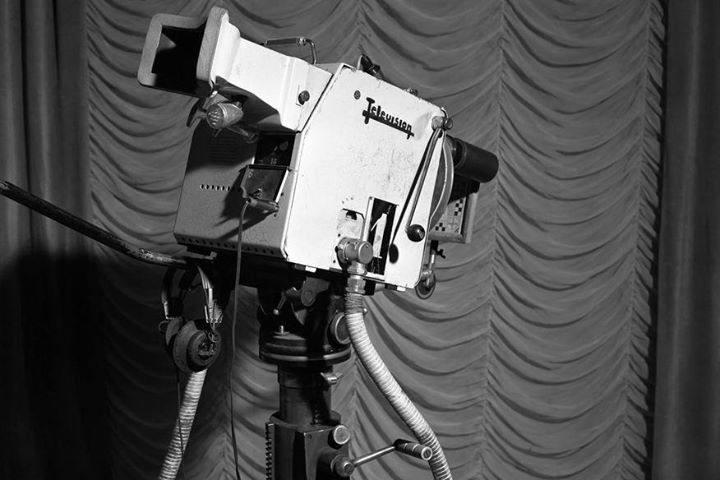

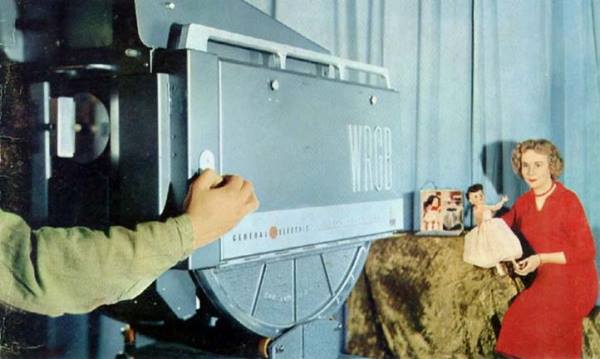











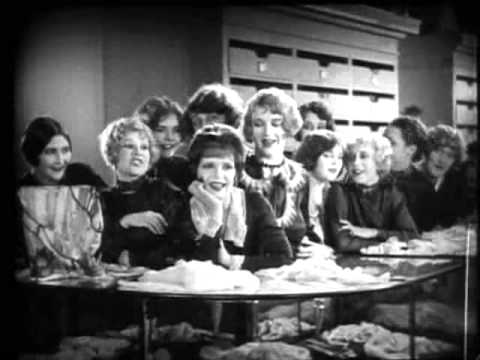

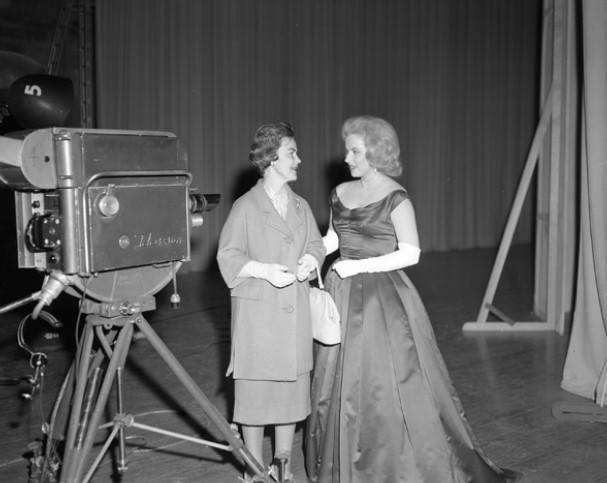







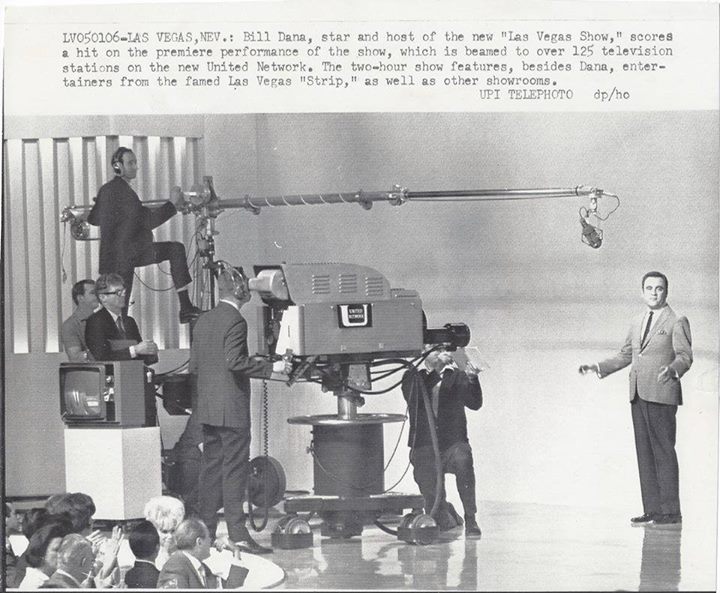



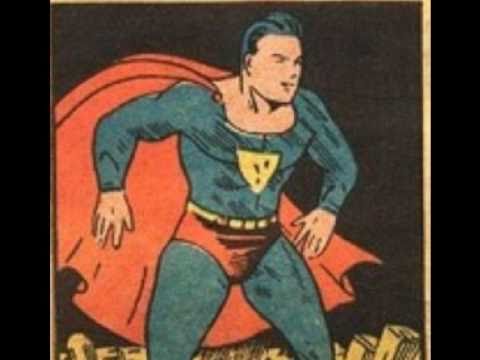

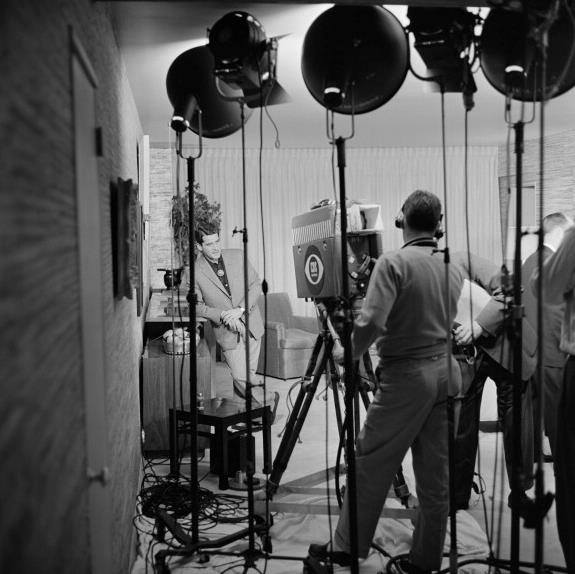





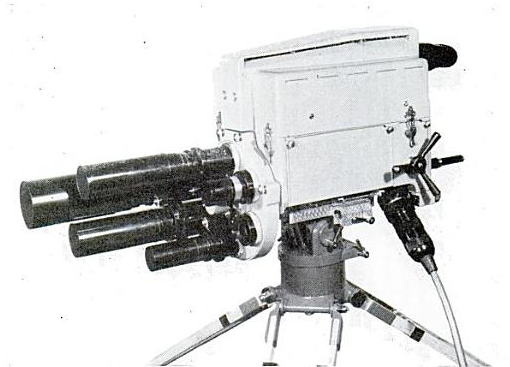

Posts in Category: TV History
Page 103 of 136
« Previous
1
2
3
4
5
6
7
8
9
10
11
12
13
14
15
16
17
18
19
20
21
22
23
24
25
26
27
28
29
30
31
32
33
34
35
36
37
38
39
40
41
42
43
44
45
46
47
48
49
50
51
52
53
54
55
56
57
58
59
60
61
62
63
64
65
66
67
68
69
70
71
72
73
74
75
76
77
78
79
80
81
82
83
84
85
86
87
88
89
90
91
92
93
94
95
96
97
98
99
100
101
102
103
104
105
106
107
108
109
110
111
112
113
114
115
116
117
118
119
120
121
122
123
124
125
126
127
128
129
130
131
132
133
134
135
136
Next » The Original Sketches Of The RCA TK42
On November 6, 2013
- TV History
The Original Sketches Of The RCA TK42
In case you have never seen it, here is the first sketch of the successor to RCA’s TK41 line. This is a scan of the master drawing that I have. It was given to me by RCA’s Harry Wright who designed this, the TK44 and most of RCA’s Telecine equipment.
The First Thomson Camera? Quite Possibly!
On November 3, 2013
- TV History
The First Thomson Camera? Quite Possibly!
Sent to us from our French friend Jorge Delendatti, this is believed to be Thomson’s first camera…an 819 monochrome from the early 1950s. It was made for RTF Television Service (now TF 1) and we don’t know what kind of tube was used. If you look closely, this is very interesting! I can’t imagine what the test pattern looking attachment on the front is, but if it is for registration how could light and focus be achieved? Maybe it has a telescoping arm? Notice also the headphones are receivers only with the talk back mic located under the viewfinder hood. The T handle on the back is for turret rotation and the long lever on the front is for focus. Interesting cabling too.
A Total Rarity…The GE PC 15 Color Camera
On November 2, 2013
- TV History
A Total Rarity…The GE PC 15 Color Camera
This is a companion to the just posted GE PC 25 photo from Martin Perry. I thought you may be interested in seeing the difference between the two. Notice the lifting handles on this model are above the door. On the PC 25, the handles are at the bottom of the camera. The PC 15 debuted in 1958 and the PC 25 around 1965. These cameras were both modeled after the RCA TK41 and had three Image Orthicon tubes. That I know of, none of these two GE camera models survive.
A Total Rarity…The GE PC 25 Color Camera
On November 2, 2013
- TV History
A Total Rarity…The GE PC 25 Color Camera
Unfortunately, there are none of these cameras left. The few that were ever made are long gone. This is the second model of GE’s color cameras from around 1965. This, like the it’s predecessor, the PC 15 was a three tube Image Orthicon camera based on the RCA TK41. These weighed in at “only” 220 pounds…the TK41 was close to 300. This rare photo from our friend Martin Perry shows Dallas DJ Ron Chapman with a local teen in 1967 at WFAA.
Big Weather, July 1974…WAGA Atlanta
On November 2, 2013
- TV History
Big Weather, July 1974…WAGA Atlanta
In the days before virtual sets and computer graphics, this is how it was done…with big maps. Although the middle board and frame on the US map look like unpainted plywood, they are actually covered in tan felt. Notice the satellite photo on the easel. This is one of 5 Norelco cameras the station had in their studios. Thanks to Craig Cuttner for the picture.
Lot Of Camera History In This :30 Promo
On November 1, 2013
- TV History
Lot Of Camera History In This :30 Promo
Thanks to Martin Perry for sharing this link. Seems that KTVT in Fort Worth has a long history with GE cameras.
75 Years Ago, Last Night…Theater Of The Mind At It’s Best!
On October 31, 2013
- TV History
75 Years Ago, Last Night…Theater Of The Mind At It’s Best!
Although the ‘Mercury Theater Of The Air’ radio presentation lasted only an hour, it’s impact has lasted 75 years. Here is the Orson Wells radio adaptation of H.G. Wells ‘War Of The Worlds’ program in full.
http://www.youtube.com/watch?v=OzC3Fg_rRJM
On Halloween eve in 1938, the power of radio was on full display when a dramatization of the science-fiction novel “The War of the Worlds” scared the dayligh…
First Network Television Broadcast From Boston
On October 30, 2013
- TV History
First Network Television Broadcast From Boston
On January 23, 1948 from 2 to 3 PM, a 3 camera NBC remote, sponsored by the Massachusetts Fisheries Association, was done from Boston’s Fish Market. Although a 40 inch Zoomar lens was on one of the cameras, it did little good as a heavy snow began the moment the broadcast started. The cameras and crew were from WNBT in New York and although WBZ TV was still six months away from sign on, WBZ Radio helped with the telco transmission. Back then, NBC’s television network only consisted of New York, Schenectady, Philadelphia and Washington DC. Thanks to Maureen Carney for the photo and story.
Cinema’s First Known Zoom Lens Shot…
On October 29, 2013
- Archives, TV History
In this clip, starting at 2:00, we see what is thought to be the first ever use of the zoom lens in a cinematic presentation. The film is ‘It’, starring “The It Girl”, Clara Bow. “It” by the way is “that special something, a unique sparkle of personality and looks that command attention”. The zoom lens was not new when it first made its cinema appearance in 1927. It had been described many decades before and an example was even patented in 1902.
For cinema of the time it wasn’t an ideal solution, as the cameraman had no way of seeing exactly what he was shooting while in the act of shooting it (true reflex finders didn’t arrive in cine cameras until the Arriflex). One advantage is it needed to only be focused once and the lens would stay in focus throughout the shot. So, it had uses even in its original form for cinema and was developed and patented by more than one person. Now, the optical elements of a zoom could not be patented outside any novel lens formula, but the mechanism used to zoom could be and was.
The first major patent applied for came from Rolla T. Flora in early 1927 and was granted patent #1,790,232 in January 1931. This was what was used in the ‘It’ movie and was known as the Paramount zoom, and was the earliest cine zoom used. Another was Joseph Walker’s zoom ( #1,898,471 applied for September 1929 and granted March 1933). From a profile on Walker, he had been working on a practical zoom for years, but there is no evidence of a useful patent emerging from his work before this, and no evidence this mechanism itself was then useful. He later built what became the RCA Electrazoom for television.
In the years from 1927 until 1932, the zoom lens was essentially exclusive to Paramount. It was used immediately: In the first shot of the 1927 film ‘It’, when establishing the store setting. After the Waltham’s sign is shown, the camera tilts down then zooms to the bustling sidewalk storefront.
In early 1932, a commercially available zoom began to be sold by Bell and Howell. This was known as the B&H/Cooke Varo. Initially it was made to order, but later was available as stock. The lens was said to have been acquired by all the major studios and by the government. The lens was also available as a rental to any reputable producer, so it may have found its way to independent producers or a small studio like Monogram. Thanks to Jack Hirschorn for his help with this post.
Ladies And Gentlemen…Meet The Voice Of Sleeping Beauty
On October 26, 2013
- TV History
Ladies And Gentlemen…Meet The Voice Of Sleeping Beauty
Mary Costa (R) was born in Knoxville, Tennessee and went on to become a famous opera singer. Although Disney’s ‘Sleeping Beauty’ debuted in 1958, all the voices were recorded in 1952. ‘Sleeping Beauty’ spent nearly the entire decade of the 1950s in production: the story work began in 1951, animation production took from 1953 until 1958, and the stereophonic musical score, mostly based on Tchaikovsky’s ballet of the same name, was recorded in 1957. The film holds a notable position in Disney animation as the last Disney animated film to use hand-inked cels. Beginning with the next feature, 101 Dalmatians, Disney would move to the use of xerography to transfer animators’ drawings from paper to celluloid. By the way, if you ever put together Aurora model kits and wondered about the name Aurora, it’s Latin for “dawn”. I only now know this because Coast’s character is Princess Aurora and the translation was mentioned in my research. In this photo, the lady on the left is Mary Starr, a well known Knoxville television hostess of the 50s and 60s, and this photo was taken on a visit home by Costa.
Huntley, Brinkley, Garroway & Blair Cover Kennedy-Nixon Election
On October 24, 2013
- TV History
Huntley, Brinkley, Garroway & Blair Cover Kennedy-Nixon Election
Something that got my attention right away was the two Nifty Notebooks (remember those) on the desk. Also, it’s still odd to me to see the NBC snake logo on black and white cameras like these two RCA TK10s. Left to right, Chet Huntley, Dave Garroway, Frank Blair and David Brinkley in 1960. Don’t know who’s behind the camera on the left but it could be Edwin Newman. Thanks to Ken Johannessen for the photo.
AS RARE AS RARE CAN BE! Ikegami’s First Studio Color Camera
On October 23, 2013
- TV History
AS RARE AS RARE CAN BE! Ikegami’s First Studio Color Camera
This is the Ikegami TK 301. Earlier this year I posted a photo of the Ikegami 301A which followed a year later with some updates inside and a smaller tally. I’ll have a new photo of that tomorrow, but here is the granddaddy of the color studio line from Ikegami that was built and delivered to Japan’s NHK Network in Tokyo in 1971.
A friend of Chuck Pharis’, Jerome Halphen in Paris, France made a trip to the NHK Museum earlier this month and took over 120 photos. I’ll be posting them in albums as we go along, so be ready for a first class photo tour of the magnificent NHK museum. If only the US networks had done what NHK has done, we would have a fantastic, historic collection of broadcast technology unrivaled in the world, but…most of it is gone now except what a few of us have managed to save for posterity. Enjoy and thanks to Chuck for sharing his friend’s photos.

Mechanical Television
On October 23, 2013
- TV History
Another Mini Masterpiece From Richard Wirth
Here’s another very well done article from Richard on mechanical television. Just think, had this system endured, I wonder if we could have had mechanics making house calls to tune up the car and TV on the same trip? :>)
http://provideocoalition.com/pvcexclusive/story/mechanical-television
Mechanical television. Does that mean motors, pulleys, gears and other moving parts? Why, yes. It does.
Remember The Overmyer/United Network?
On October 22, 2013
- TV History
Remember The Overmyer/United Network?
This photo from Maureen Carney is a rare one! Here’s Bill Dana, best known as Jose Jimenez hosting the flagship show called ‘The Las Vegas Show’. Beginning May 1, 1967, the two hour late night show from the Hotel Hacienda hit the air on 106 stations. The network was created to be a forth network with eight hours of programming a day and had UPI as a partner supplying news, but after only a month, the cost of the leased transmission lines from Ma Bell became too much and it folded like an accordion. The network was founded by self-made millionaire Daniel H. Overmyer and was originally named after him, but before the network even went on the air, Overmyer was forced to sell a majority share to investors, although he remained the largest shareholder the new orginization was renamed The United Network.
The Muppets First Big Break…The Jimmy Dean Show
On October 20, 2013
- TV History
The Muppets First Big Break…The Jimmy Dean Show
This one surprised me too! From 1955 til 1961 Jim Henson and company had a local kids show on Washington D.C.’s WRC TV. Across town at WTOP, Jimmy Dean was doing a daytime show called ‘Country Style’ which was later picked up as (the first) ‘The Jimmy Dean Show’ by CBS for a couple of years. While in DC, they met but that was all until Dean went to ABC. (More on that in the post above). In this clip Frank Oz talks about meeting Dean and being Henson’s right hand man, literally, on Rowlf sketches. Jimmy Dean is as easy going and graceful as any host I’ve ever seen. Enjoy.
http://www.youtube.com/watch?v=-pbKHDpOmYU
This is a clip off a documentary I bought years ago entitled “The World of Jim Henson.” The doco was a biography on Jim Henson’s career with the muppets and …
Superman’s First Appearance On Radio
On October 19, 2013
- TV History
Just For Fun…Superman’s First Appearance On Radio
‘The Adventures Of Superman’ actually debuted on radio a week before this broadcast of February 14, 1940, but that first show was about his trip to earth and Clark Kent was just a child with no speaking part. The show was done at WOR and it may come as a surprise to those of us that know Bud Collier as a game show host…he was the voice of Superman! Enjoy!
http://www.youtube.com/watch?v=YcOW56uvYhw
Clayton “Bud” Collyer first portrayed the Man of Steel in this second episode of the Adventures of Superman radio series, broadcast on February 14, 1940. The…
‘Person To Person’ Comes For A Visit
On October 14, 2013
- TV History
‘Person To Person’ Comes For A Visit
In 1956, Edward R. Murrow’s “eyes and ears” drop in for a visit with Hal March. At the time, March was host of the wildly popular $64,000 question, which incidentally aired on CBS. March was well known before the game show as a supporting regular on ‘The George Burns and Gracie Allen Show’ and ‘My Friend Irma’. Although it was ‘Twenty One’ and ‘Dotto’ that were found to be rigged, by 1958 most of the game shows had left the air.
State Of The Art Mobile Television, 1963
On October 13, 2013
- TV History
State Of The Art Mobile Television, 1963
Here are two custom trucks built by Southern Coach for KPRC in Houston. When RCA’s TJ48/50 mobile units were not big enough for some major metro markets, Southern Coach was the next step up. This shot was taken during the the taping of a special at the ranch of then Vice President Lyndon Johnson in the summer of ’63.
The RCA TJ 48, Television’s Local Market Workhouse
On October 12, 2013
- TV History
The RCA TJ 48, Television’s Local Market Workhouse
Remember these? In 1948, these sold for $9000. In today’s money that is over $87,000. RCA introduced its first postwar mobile production van in 1948, the TJ-48. The interior electronics were modified in 1950 and that became the TJ 50. Prior to this, most local stations that had a mobile unit had modified buses or panel trucks on their own. RCA had made some big remote trucks for NBC in the 1930s but they ever sold any to competing networks.
EMI’s C.P.S. Emitron Camera: 1951
On October 10, 2013
- TV History
Ultra Rare Photo…EMI’s C.P.S. Emitron Camera: 1951
The Emitron tube was roughly the European equivalent of the Image Orthicon tube RCA had developed in the US. This is a very nice design with a 6 lens turret. Most likely the taking lens is the top center position. Interesting how they slung the large turret face to hang down under the camera’s front.
Page 103 of 136
« Previous
1
2
3
4
5
6
7
8
9
10
11
12
13
14
15
16
17
18
19
20
21
22
23
24
25
26
27
28
29
30
31
32
33
34
35
36
37
38
39
40
41
42
43
44
45
46
47
48
49
50
51
52
53
54
55
56
57
58
59
60
61
62
63
64
65
66
67
68
69
70
71
72
73
74
75
76
77
78
79
80
81
82
83
84
85
86
87
88
89
90
91
92
93
94
95
96
97
98
99
100
101
102
103
104
105
106
107
108
109
110
111
112
113
114
115
116
117
118
119
120
121
122
123
124
125
126
127
128
129
130
131
132
133
134
135
136
Next »